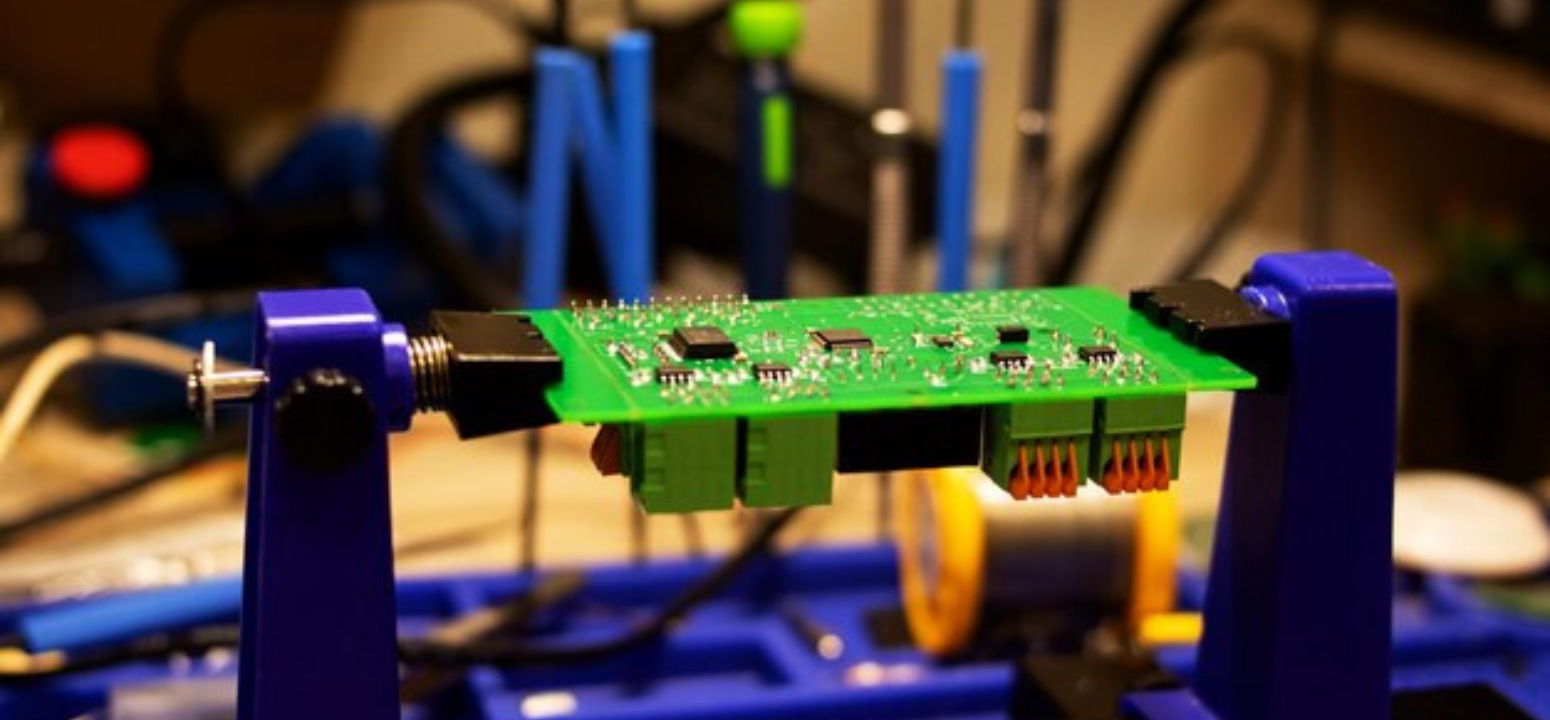
Introduction:
VLSI technology has revolutionized the way we interact with modern electronics. From data centers to smartphones, automotive systems to industrial automation, VLSI chips and Systems-on-Chip (SoCs) play a pivotal role. This article delves into the intricate world of VLSI physical design, shedding light on the methods used to create these tiny yet powerful chips.
Two Approaches: Full Custom vs. Semi-Custom Design
Before delving into the physical design flow, it’s essential to understand the two fundamental methodologies used in VLSI design: Full Custom and Semi-Custom.
Full Custom Design: This approach involves designing and verifying logic components at the transistor level. Engineers customize transistors’ dimensions and meticulously plan the chip’s layout, optimizing power consumption, area, and propagation delays. Since it doesn’t rely on pre-designed standard cells, it’s best suited for mass production but demands more time and resources.
Semi-Custom Design: In contrast, Semi-Custom design employs pre-designed and pre-characterized standard cells for circuitry, allowing for quicker design cycles. However, it may not achieve the same level of optimization in terms of performance and power efficiency. It’s ideal for scenarios where time-to-market is critical or for smaller production runs.
The Physical Design Flow:
The physical design of VLSI chips is a multifaceted process, transforming a Register-Transfer Level (RTL) netlist into a manufacturable layout (GDS). This transformation involves several key steps.
1. Partitioning: Complex circuits are divided into smaller, manageable subsystems, minimizing interconnections.
2. Floor Planning: This step determines the rough position, shape, and pin locations of each block on the silicon chip, ensuring easy interconnection routing.
3. Placement: The exact positions of sub-blocks are decided while maintaining sufficient space for power supply lines and interconnections.
4. Clock Tree Synthesis (CTS): CTS ensures that clock signals reach all flip-flops with minimal skew. It employs tree topology structures to distribute the clock evenly.
5. Routing: Interconnecting wires between blocks are routed for optimal timing and minimal chip area increase, avoiding congestion hotspots.
6. Static Timing Analysis: Timing performance is analyzed on the final routed netlist, ensuring it meets timing requirements and has no setup and hold time violations.
7. Optimization: If timing requirements are not met, placement and routing are optimized to improve timing and eliminate violations.
8. Design Rule Check: The layout must adhere to foundry-imposed design rules to minimize fabrication faults.
9. Layout Vs. Schematic (LVS): This step checks if the layout matches the schematic, identifying any discrepancies.
10. GDS-II File Generation: The final layout is converted into a GDS-II file, ready for fabrication in the foundry.
The Future of VLSI Physical Design:
As the demand for integrated circuits continues to surge across industries, the need for skilled VLSI Physical Design Engineers remains strong. This dynamic field requires expertise in intricate design processes and a deep understanding of cutting-edge technology.
Conclusion:
VLSI physical design is a complex and crucial phase in chip development, ensuring that the final product meets performance, power, and manufacturability requirements. With technology advancing at a rapid pace, the demand for skilled VLSI engineers is expected to persist, making it an exciting and rewarding career choice for those who embark on this journey.
To know more about VLSI Course , SuccessBridge VLSI training institute. You can begin your VLSI career by enrolling in the placement-assisted live courses available at SuccessBridge We offer various VLSI online courses. We offer VLSI Physical Design course, Design Verification course, DFT Trainings, Chip design course many more. Explore VLSI Courses From The Leaders In VLSI Training
Also Read: Understanding RTL Design In VLSI: A Comprehensive Guide







Comments are closed.